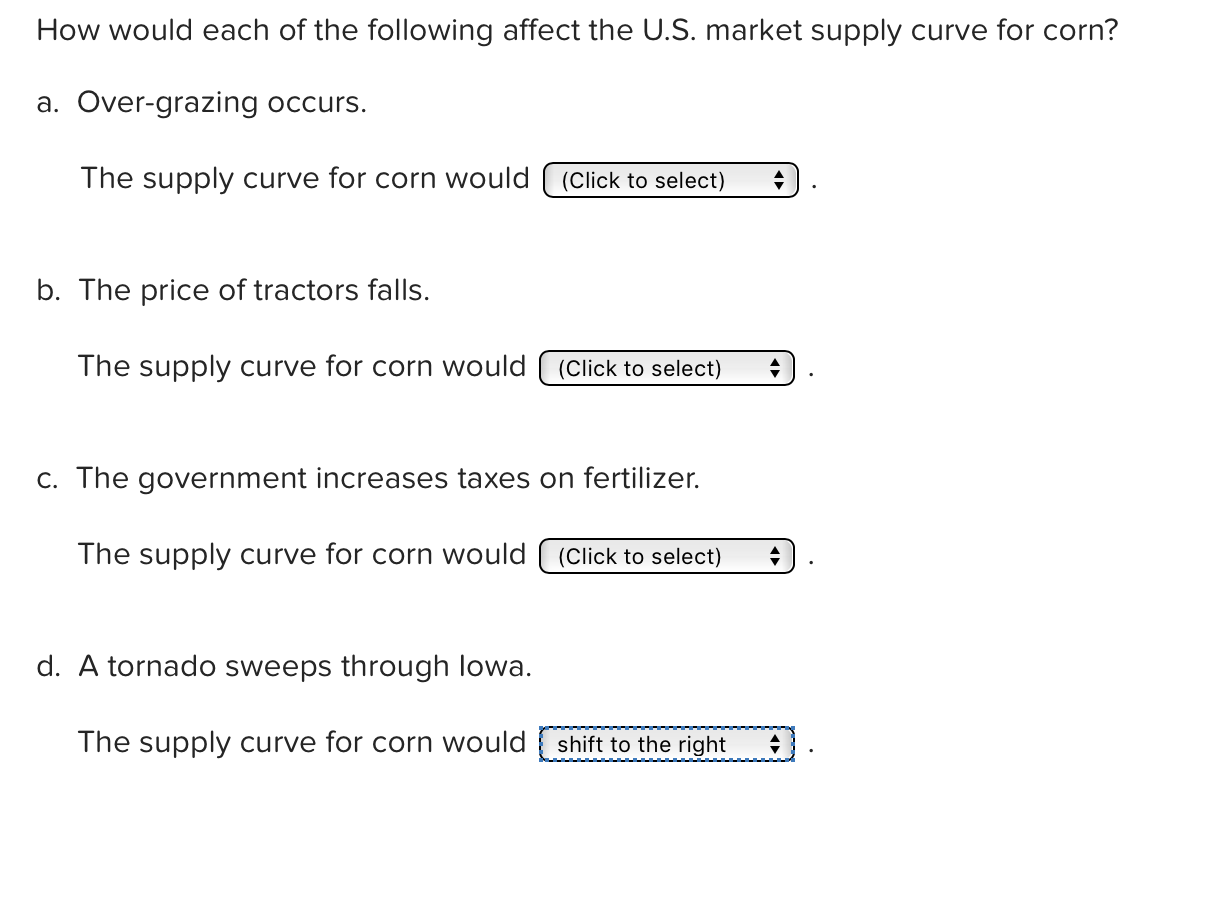

A price-taking consumer assumes that he or she can purchase any quantity at the market price-without affecting that price. In a perfectly competitive market, each firm and each consumer is a price taker. The price is determined by demand and supply in the market-not by individual buyers or sellers. He or she looks up the market price and buys or sells at that price. A price-taking firm or consumer is like an individual who is buying or selling stocks. A consumer or firm that takes the market price as given has no ability to influence that price. Individuals or firms who must take the market price as given are called price takers. No one buyer or seller has any influence over that price. The assumptions of the model of perfect competition, taken together, imply that individual buyers and sellers in a perfectly competitive market accept the market price as given.

And the model of perfect competition will prove enormously useful in understanding the world of markets. As is always the case with models, our purpose is to understand the way things work, not to describe them. No market fully meets the conditions set out in these assumptions. And finally, it assumes that buyers and sellers have complete information about market conditions.Īs we examine these assumptions in greater detail, we will see that they allow us to work with the model more easily. The model of perfect competition also assumes that it is easy for new firms to enter the market and for existing ones to leave. Perfect competition is a model of the market based on the assumption that a large number of firms produce identical goods consumed by a large number of buyers. In this chapter, we will be working with a model of a highly idealized form of competition called “perfect” by economists. Virtually all firms in a market economy face competition from other firms. Identify the basic assumptions of the model of perfect competition and explain why they imply price-taking behavior.Explain what economists mean by perfect competition.


 0 kommentar(er)
0 kommentar(er)
